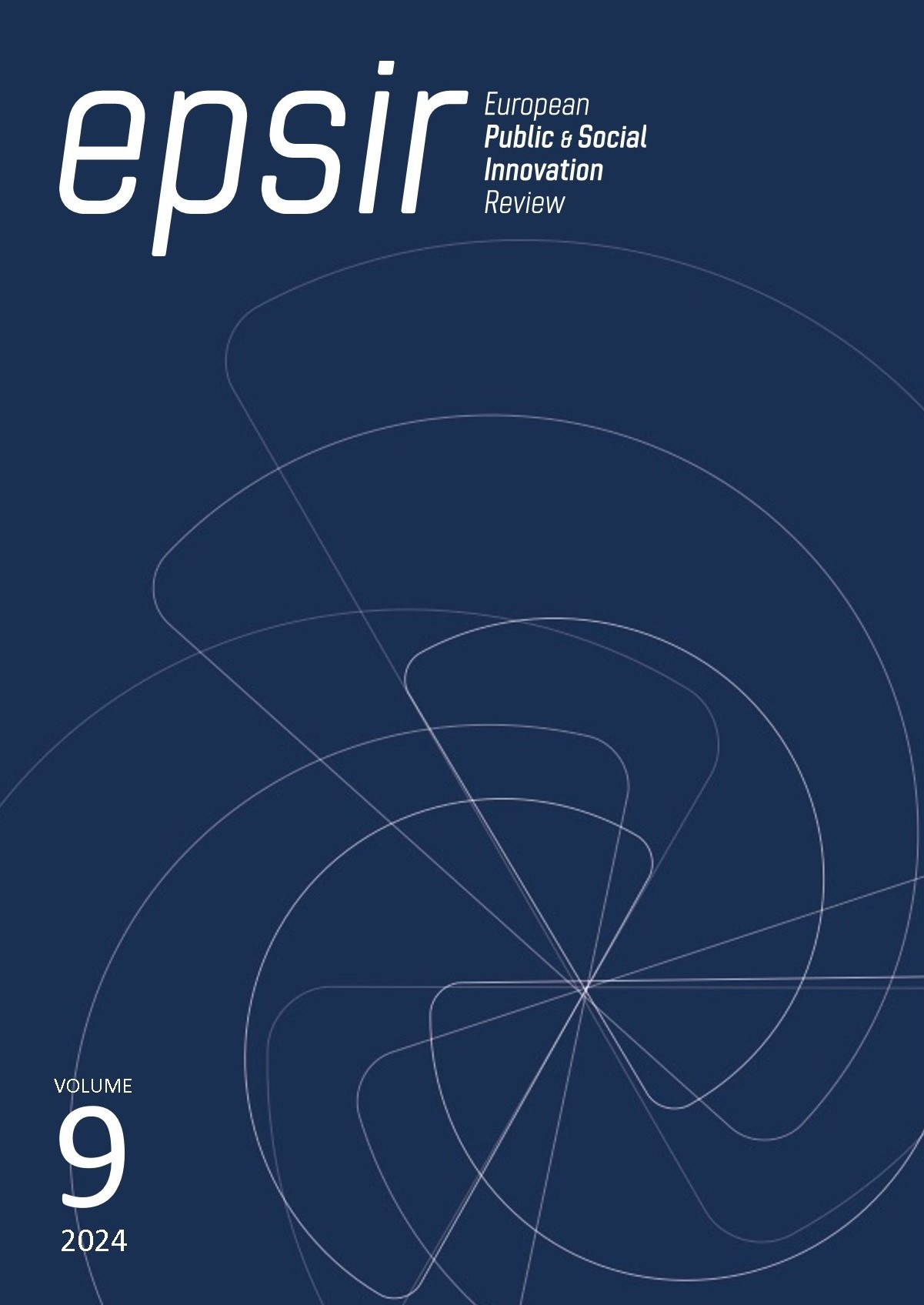Figures of subsidiary production in Spanish contemporary art
DOI:
https://doi.org/10.31637/epsir-2024-1717Keywords:
art, production, technology, fabricators, artist, authorship, work, visibilityAbstract
Introduction: The objective of this work is to evaluate the relevance of subsidiary production in plastic art in Spain. An activity scarcely studied and recognized. Methodology: The study follows the qualitative research criteria outlined in the in-depth and semi-structured interview. The consultation with four art producers covers five items grouped into two thematic blocks; the relationship with the artist, the relationship with the work. Results: They show the close relationships between artists and manufacturers, consolidated over time and commercially based, which appear to be indispensable to addressing a production of artistic quality and technological complexity. Discussions: It is framed in the context of the consequences of the technologization of art and the interdependence between creativity and the market and the prominence of technical mediations in the construction of artistic reputation. Conclusions: The importance and relevance of these figures is manifested in how the activity of these technicians substantially affects the work of fundamental artists of our artistic panorama such as, for example, Juan Muñoz, Miquel Barceló, Cristina Iglesias, or artists from younger generations such as Dionisio Gonzalez, Jacobo Castellanos, Carlos Irijalba, among others.
Downloads
References
Alpha-Arte (s.f.). Inicio. https://alfaarte.com/
Becker, H. (2008). Los mundos del arte: sociología del trabajo artístico. Prometeo.
Benveniste, D. (s.f.). https://www.benveniste.com/
Bourdieu, P. (1995). Las reglas del arte. Anagrama.
Factum – Arte (s.f.). Inicio. https://www.factum-arte.com/es/inicio
Galván Lamet, P. (2012). La figura del fabricator en los procesos técnicos de arte contemporáneo. (Tesis doctoral). Universidad Complutense Madrid, Repositorio institucional U.C.M. https://produccioncientifica.ucm.es/documentos/5d1df62329995204f7662671
Graw, I. (2015). ¿Cuánto vale el arte? Mardulce.
Labaco, R. (2013). Out of Hand: Materializing in the Postdigital. Black Dog Publisihing.
Lipovetsky, G. y Serroy, J. (2015). La estetización del mundo. Anagrama.
Neira, C. (2013). La estampación es un ejercicio para un artista, como un escáner cerebral. Diario Nueva España. bit.ly/3S4LcB3
Petry, M. (2011). The Art of not Making: The New Artist/Artisan Relationship. Thames and Hudson.
Polanco, R. (2009). Rubén Polanco [video]. Youtube. bit.ly/3WhfPWj
Mc Andrew, C. (2023). The art market 2023. Art Basel and UBS. file:///http /art-market-report-twenty-three.pdf
Downloads
Published
How to Cite
Issue
Section
License
Copyright (c) 2024 Pedro Galván Lamet

This work is licensed under a Creative Commons Attribution-NonCommercial-NoDerivatives 4.0 International License.
Authors who publish with this journal agree to the following terms:- Authors retain copyright and grant the journal right of first publication with the work simultaneously licensed under Creative Commons Non Commercial, No Derivatives Attribution 4.0. International (CC BY-NC-ND 4.0.), that allows others to share the work with an acknowledgement of the work's authorship and initial publication in this journal.
- Authors are able to enter into separate, additional contractual arrangements for the non-exclusive distribution of the journal's published version of the work (e.g., post it to an institutional repository or publish it in a book), with an acknowledgement of its initial publication in this journal.
- Authors are permitted and encouraged to post their work online (e.g., in institutional repositories or on their website) prior to and during the submission process, as it can lead to productive exchanges, as well as earlier and greater citation of published work (See The Effect of Open Access).




